The Alpine A110 has been reborn with a new sports car set to be on UK roads in early 2018, which has just been given five stars at the hands of our testers.
2018 Alpine revealed - Cayman rival due at Geneva
However, while the brand’s Monte Carlo Rally, Le Mans and World Rally Championship wins in the 1960s and 1970s remain the stuff of folklore in France, part of the nation’s proud history of underdog triumphs, the brand is little known in the UK.
That’s chiefly because few of its cars were sold here, and those that were - the Alpine GTA, Alpine A610 and Alpine Spider - found homes in tiny numbers, and were badged as Renaults or Gordinis, sold through just seven so-called Renault Performance Centres.
But while they sold in tens rather than even hundreds or thousands, there are still two Alpine owners clubs in the UK, and the reborn brand has high hopes for future sales, predicting the UK’s love of sports cars will make it Europe’s third biggest market for the car.
Born into Grand Prix racing
The firm’s heritage certainly stands it in good stead as it vies to win hearts and minds as an authentic car maker. It’s founder, Jean Rédélé, was born into a motorsport-mad family, his father Emile Rédélé first working as a mechanic for Renault factory Grand Prix driver Ferenc Szisz - winner of the Grand Prix de la Sarthe in 1906 at Le Mans and runner-up in the Grand Prix de l'A.C.F. in Dieppe in 1907.
At the conclusion of the First World War Louis Renault asked Emile Rédélé to open a Renault dealership in Dieppe. Once settled, he married and had three sons - with Jean, the first born, completing business and economics studies in Paris during World War Two. His studies included a stint of work experience at Renault, prompting a report on some of the firm’s work practices that was sufficiently outspoken to attract the attention of Pierre Dreyfus, the CEO of Renault.
Asked to put his ideas into action, Rédélé was appointed Renault’s official dealer in Dieppe, following in the footsteps of his father. At 24, he was the youngest car dealer in France and by 1950 he had decided to take the new Renault 4CV into competition, reasoning that “racing is the best way to test production cars and victory is the best sales tool”.


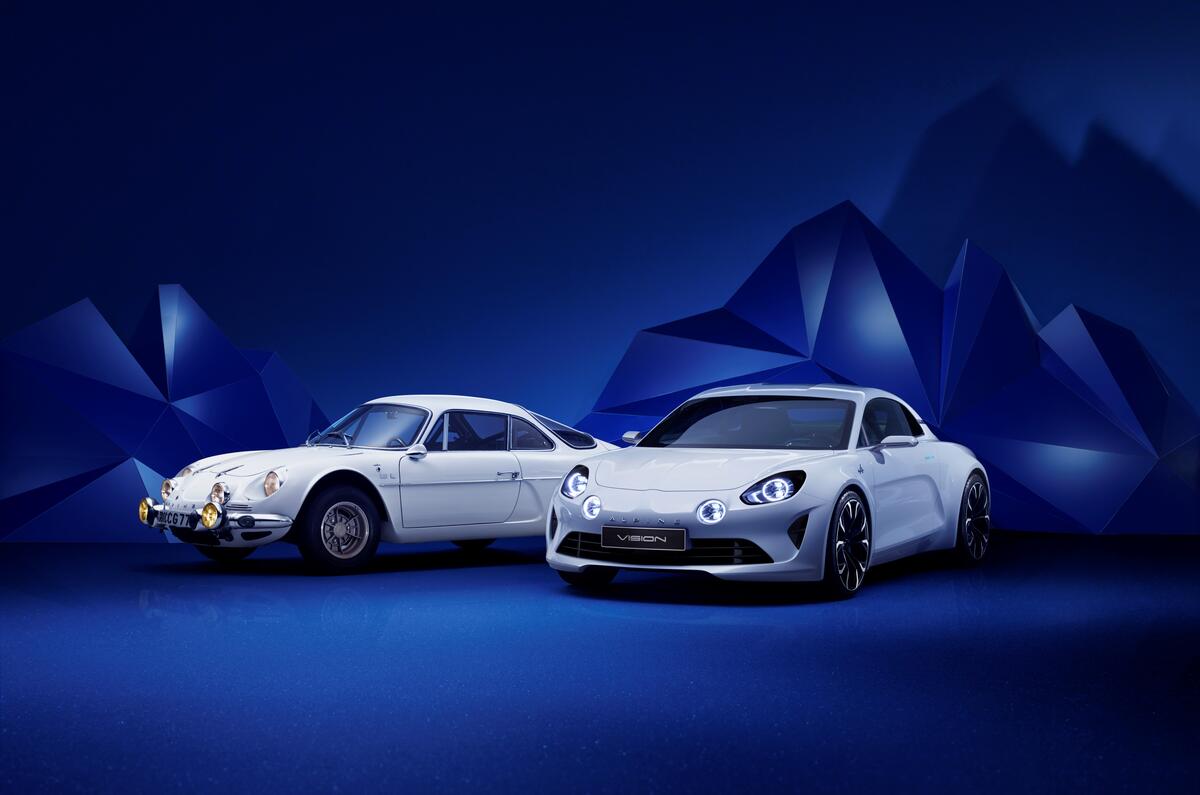
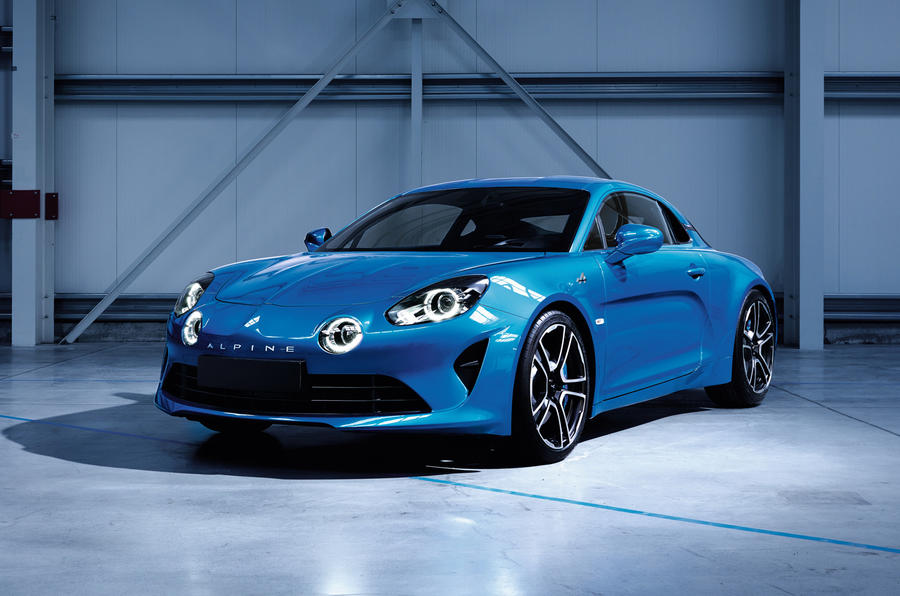

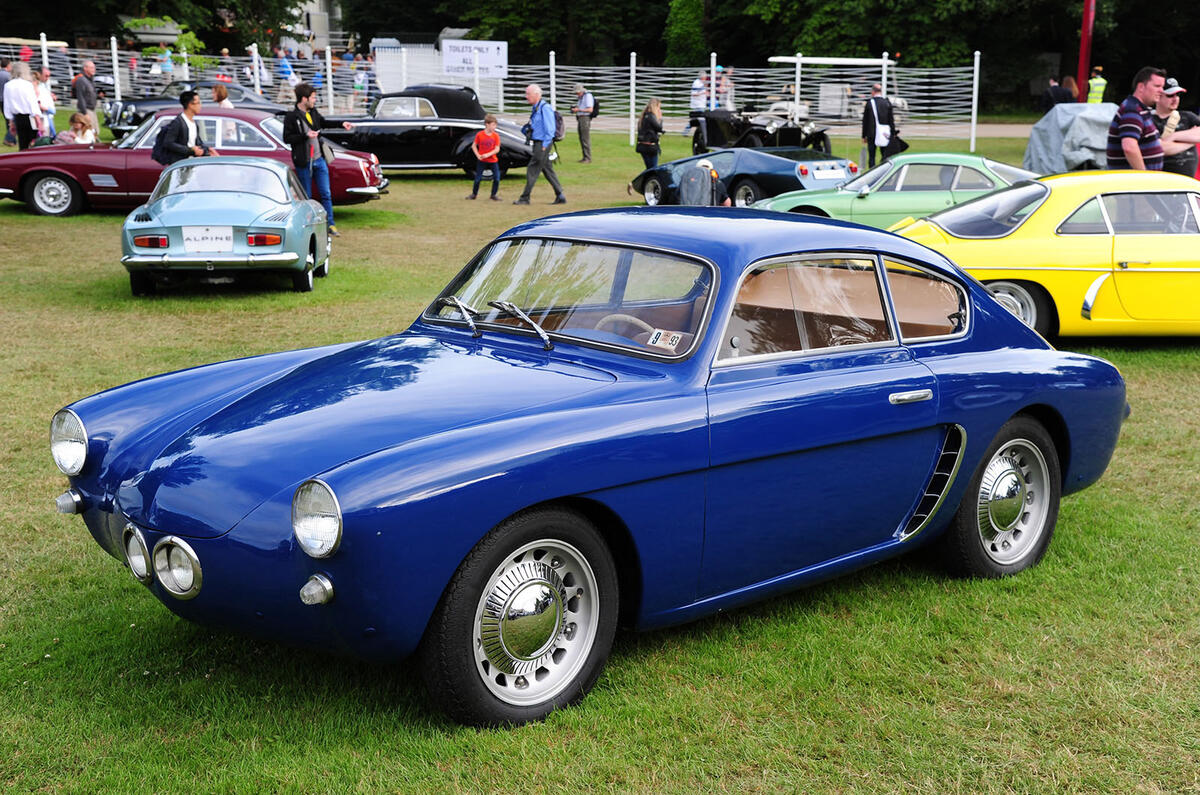



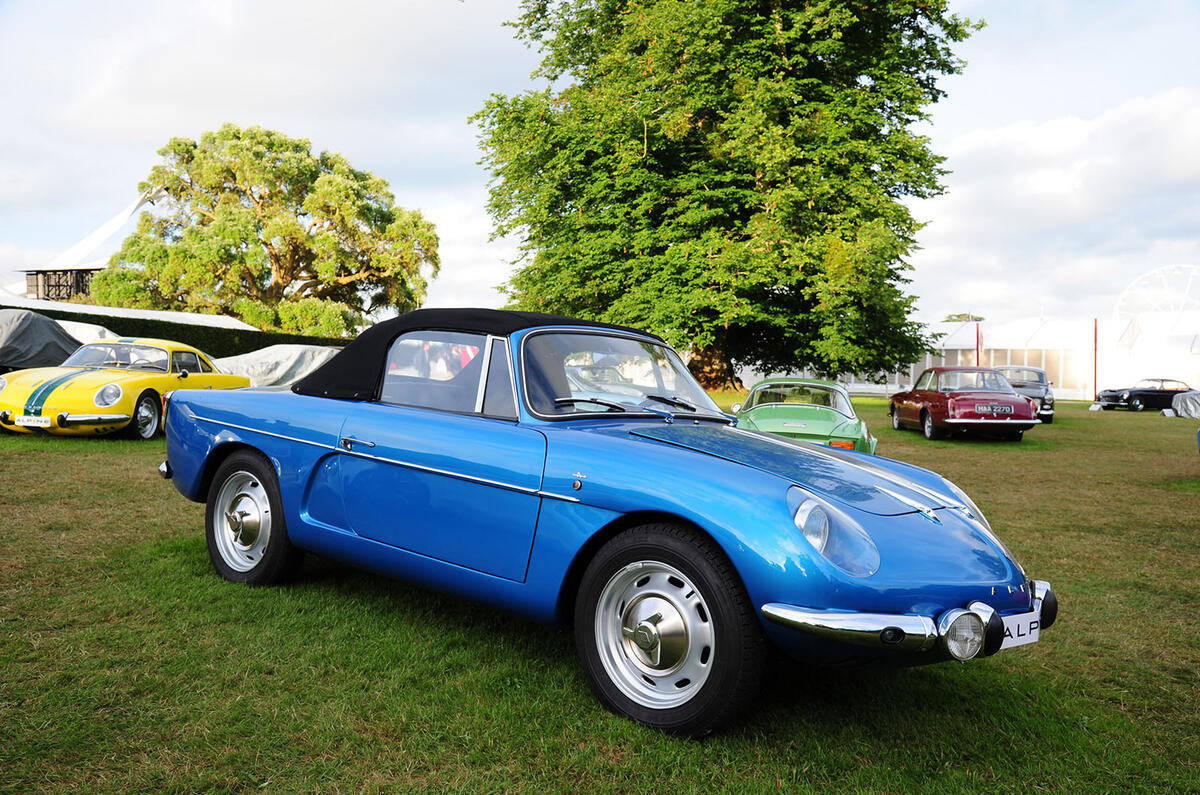
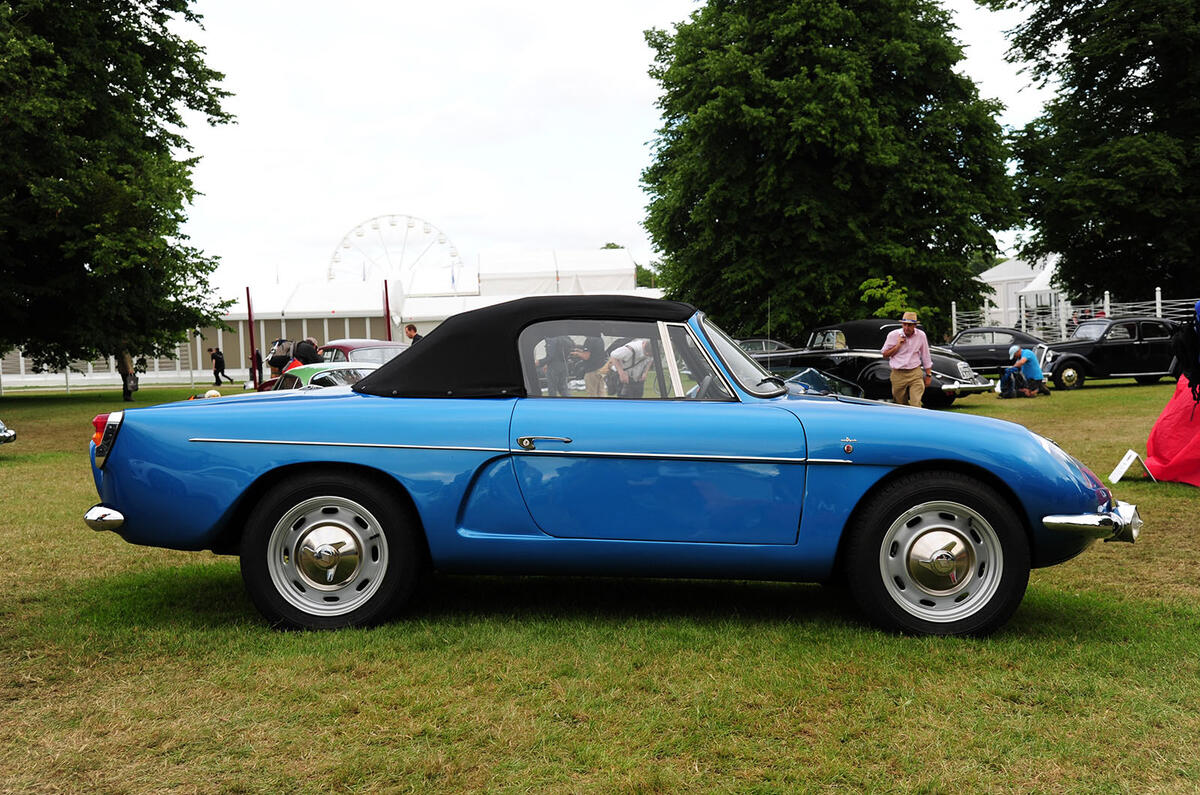




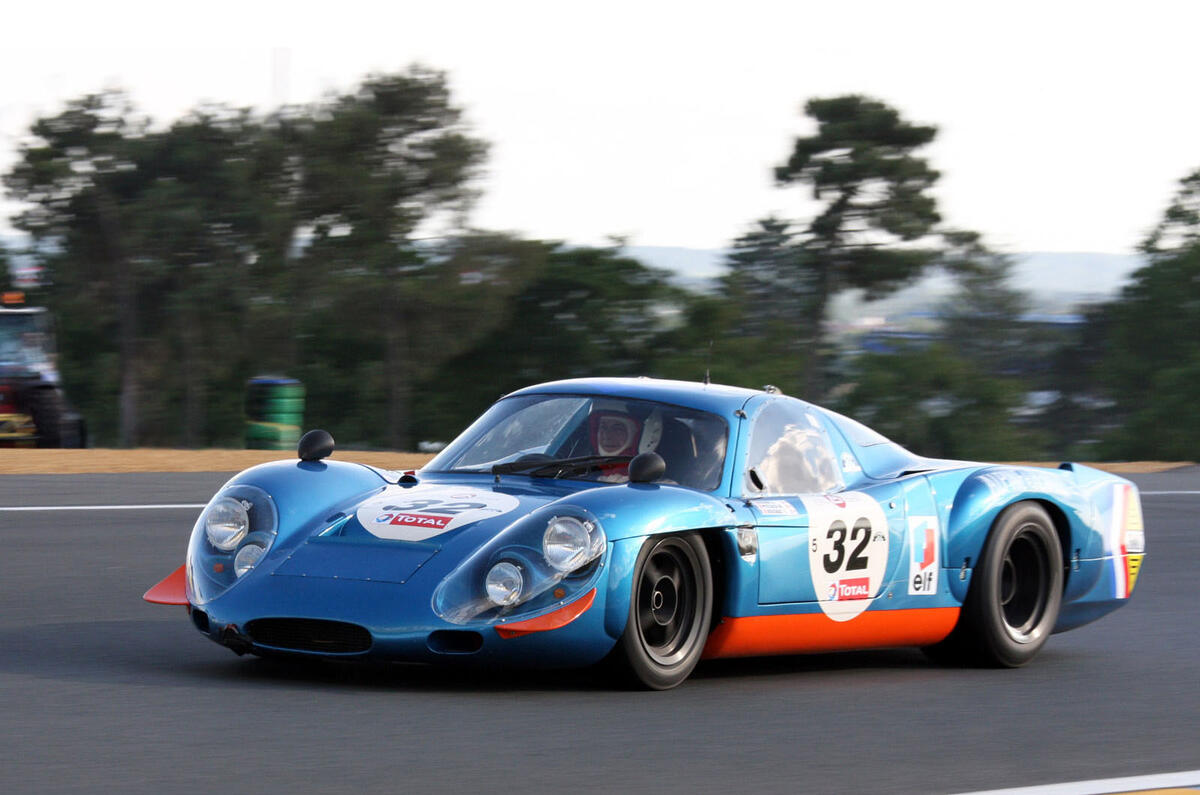

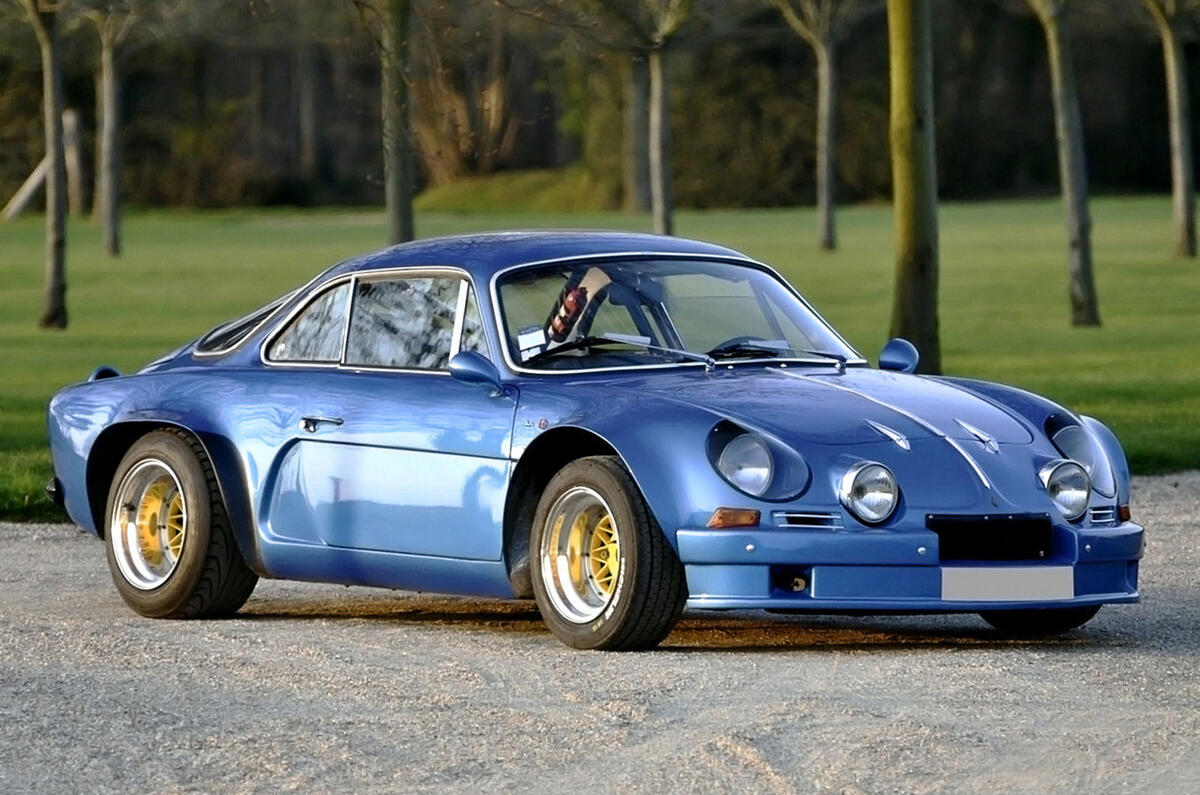
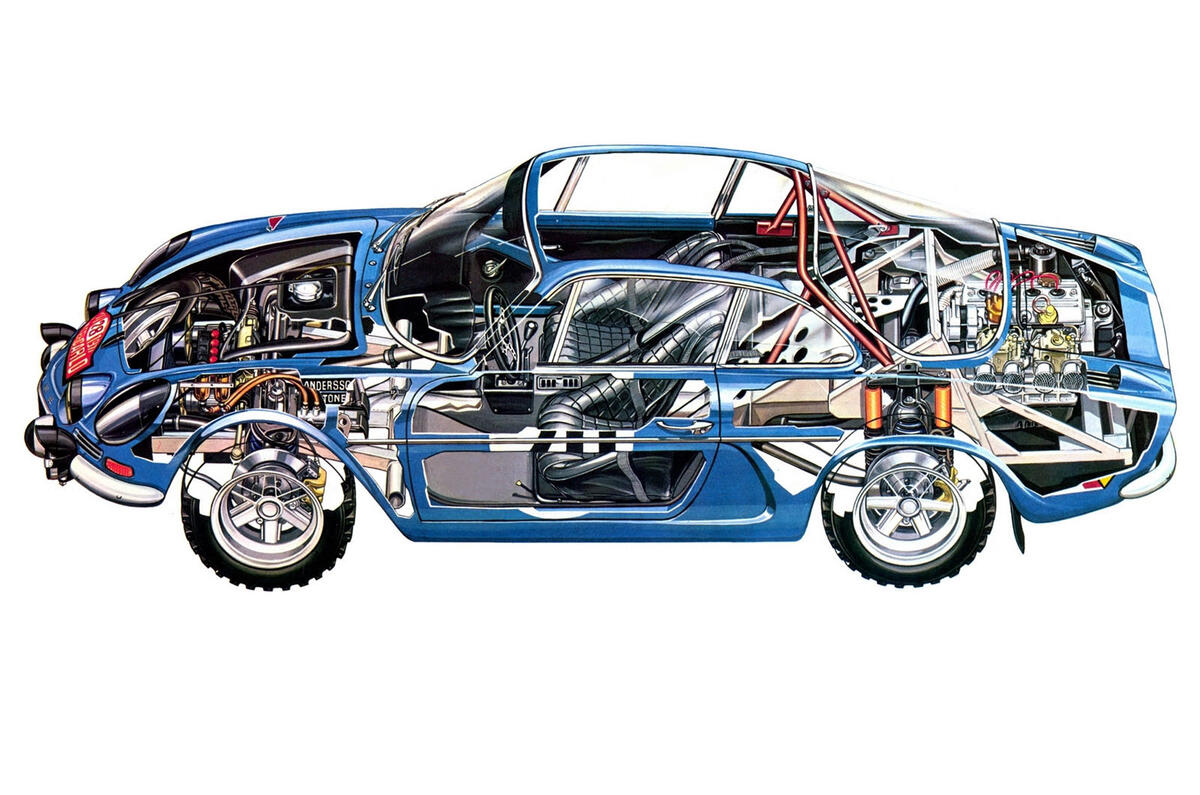



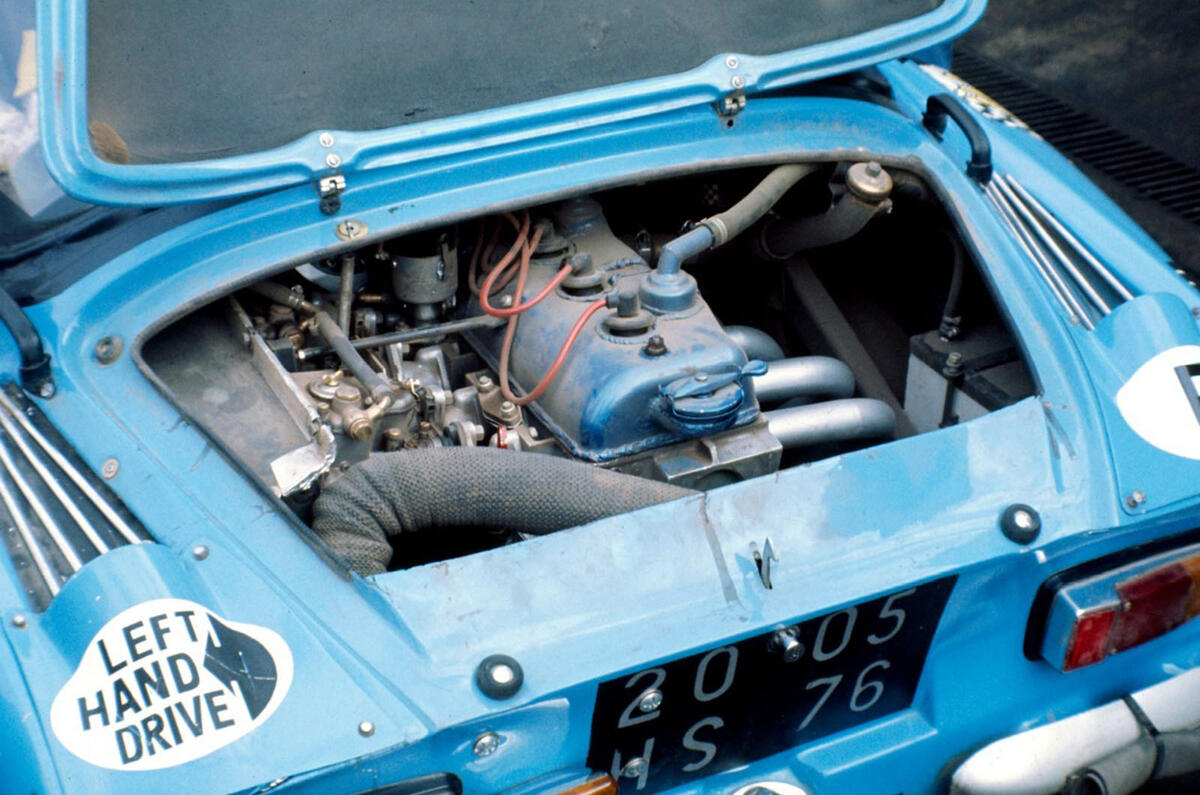





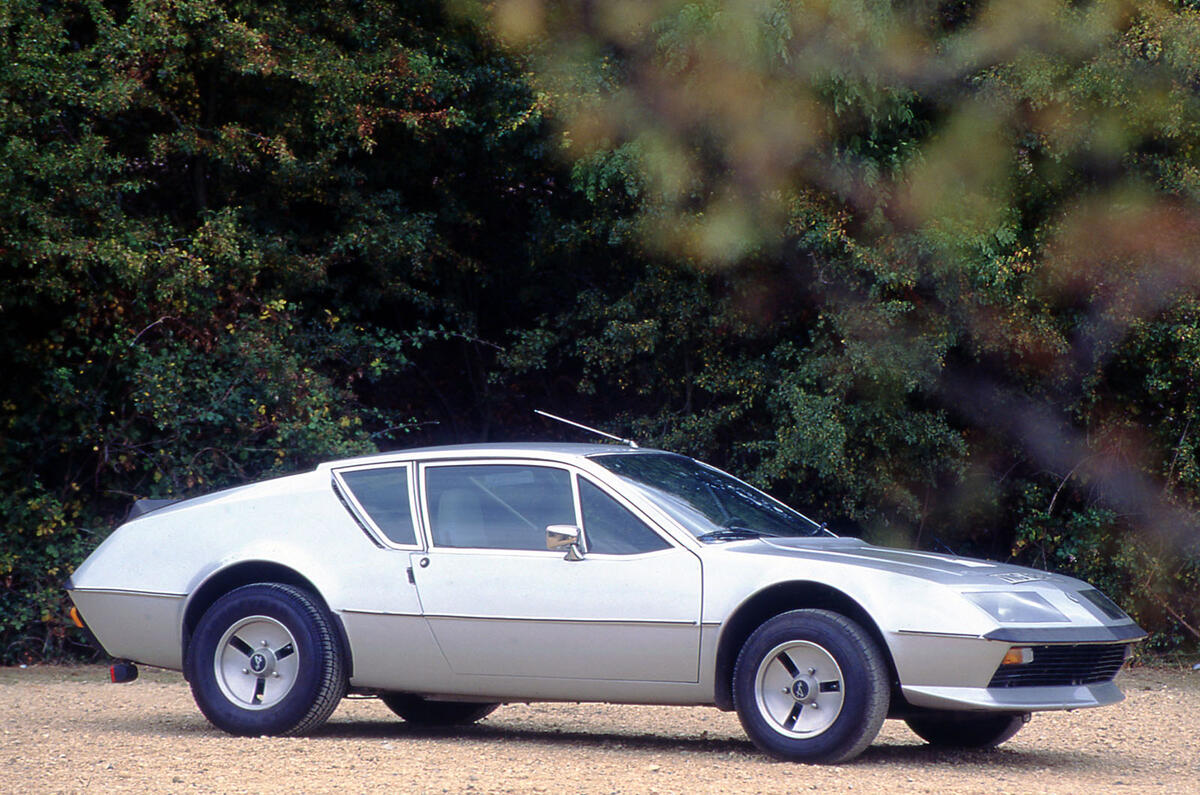






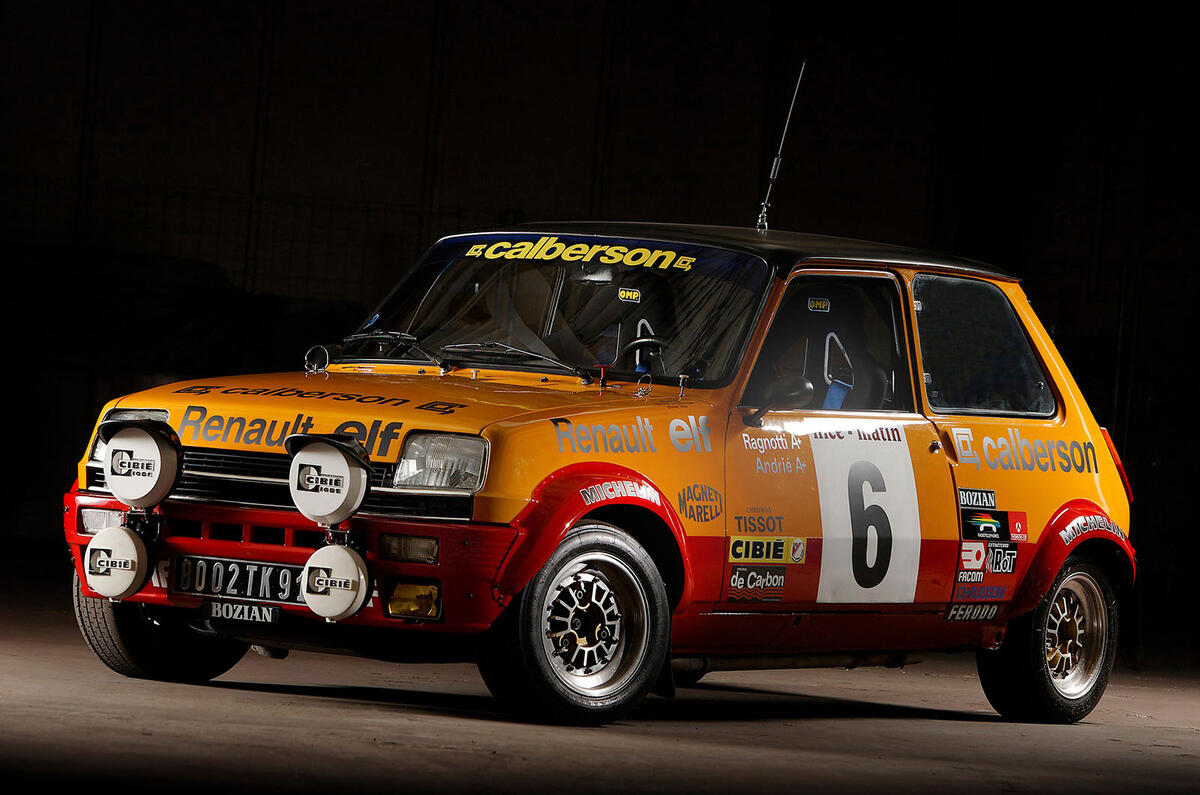


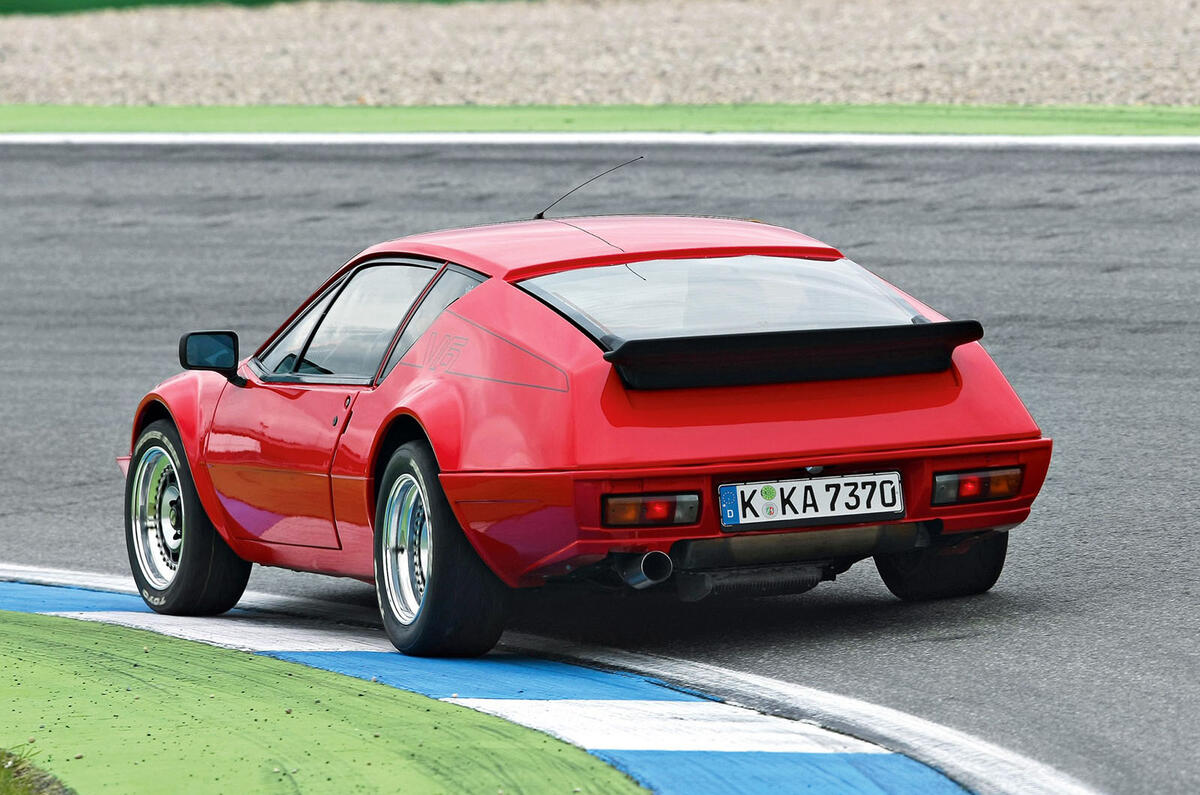

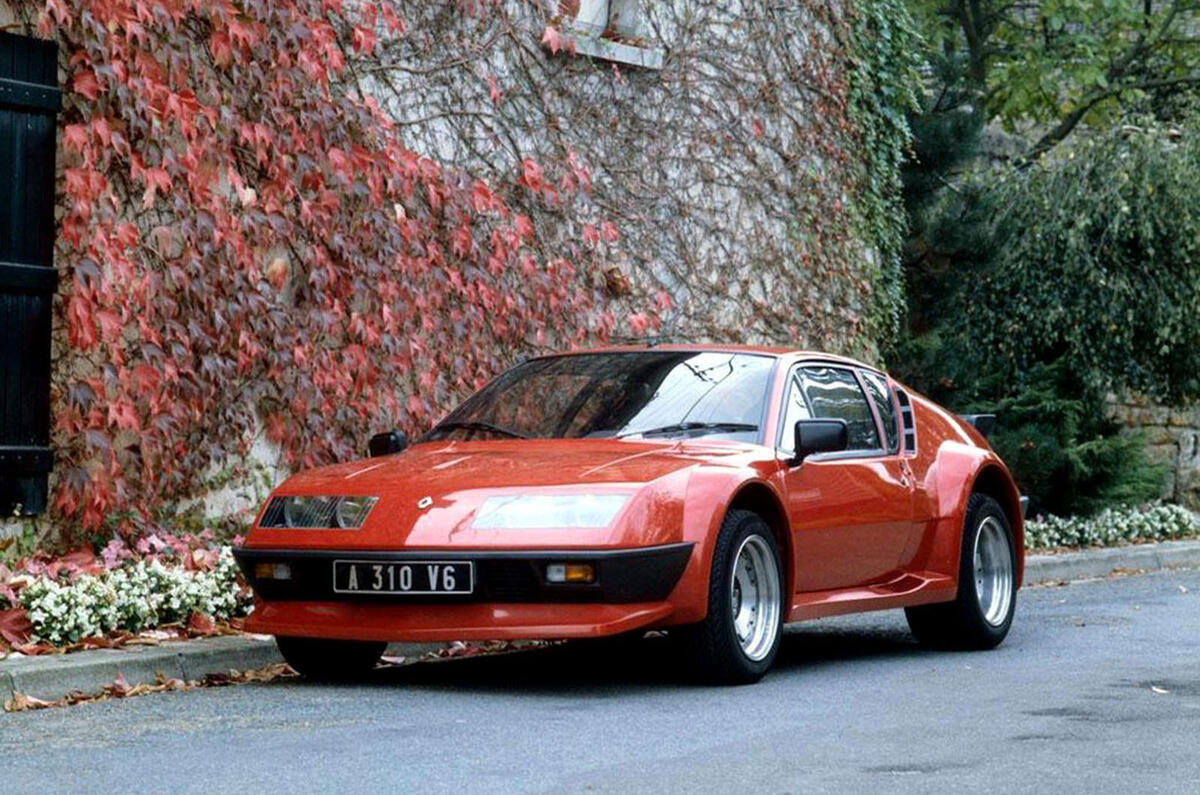

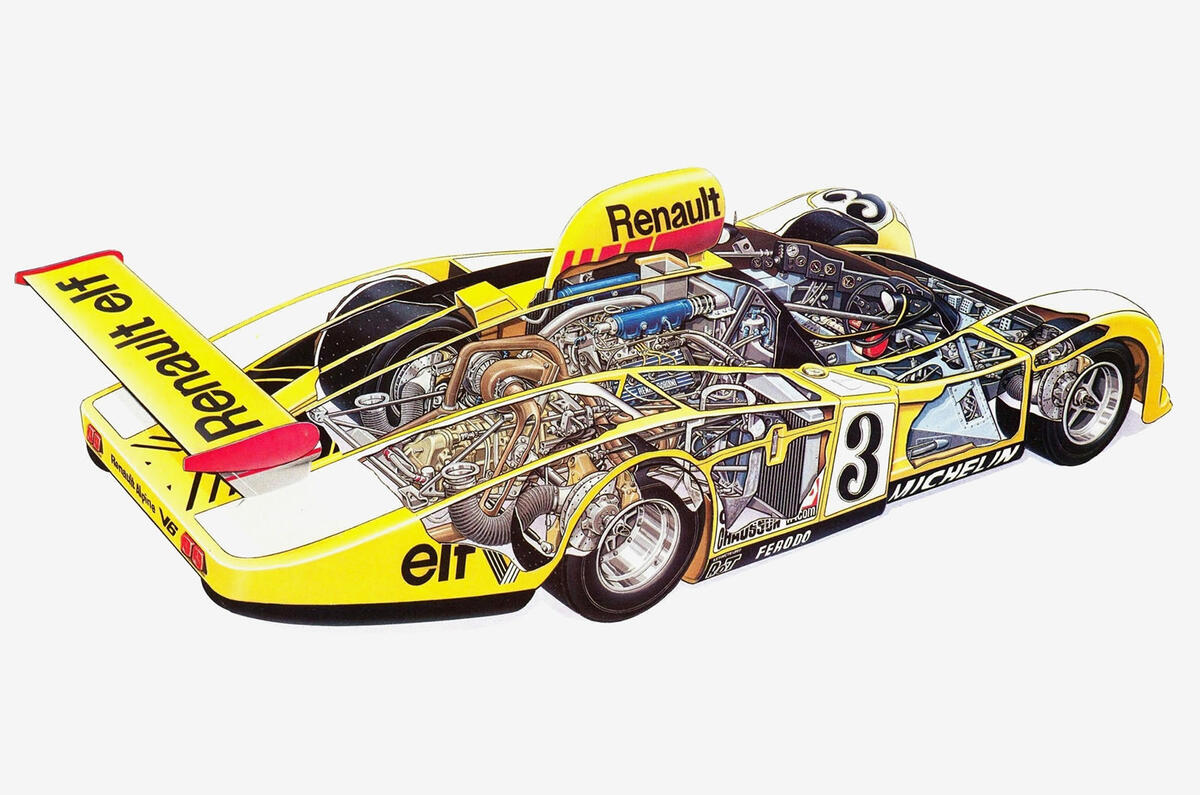
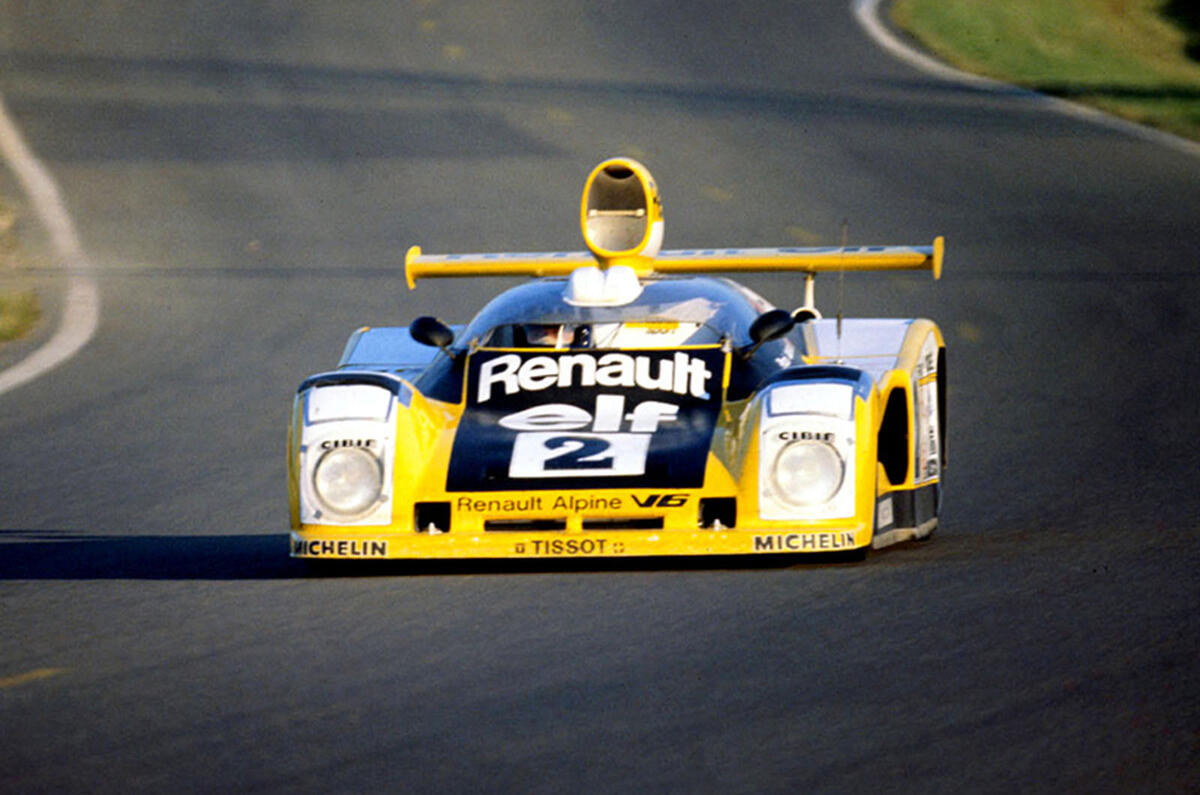
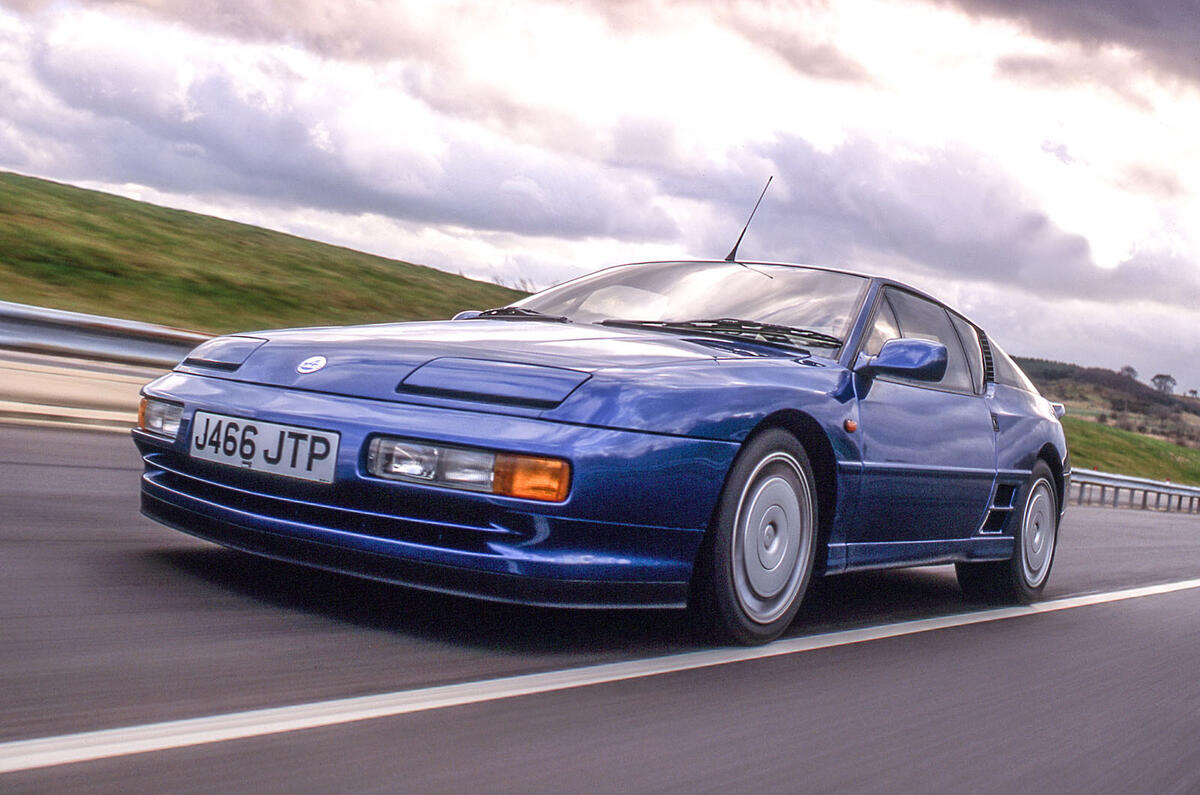
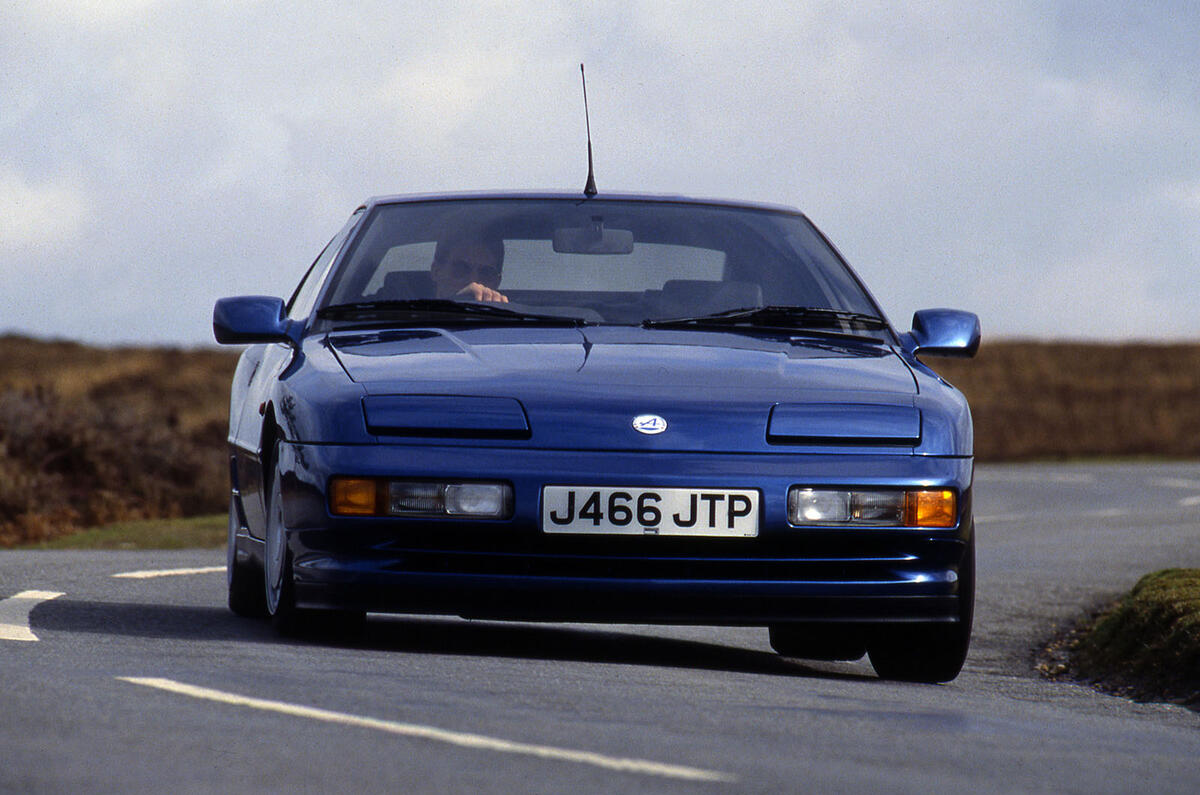

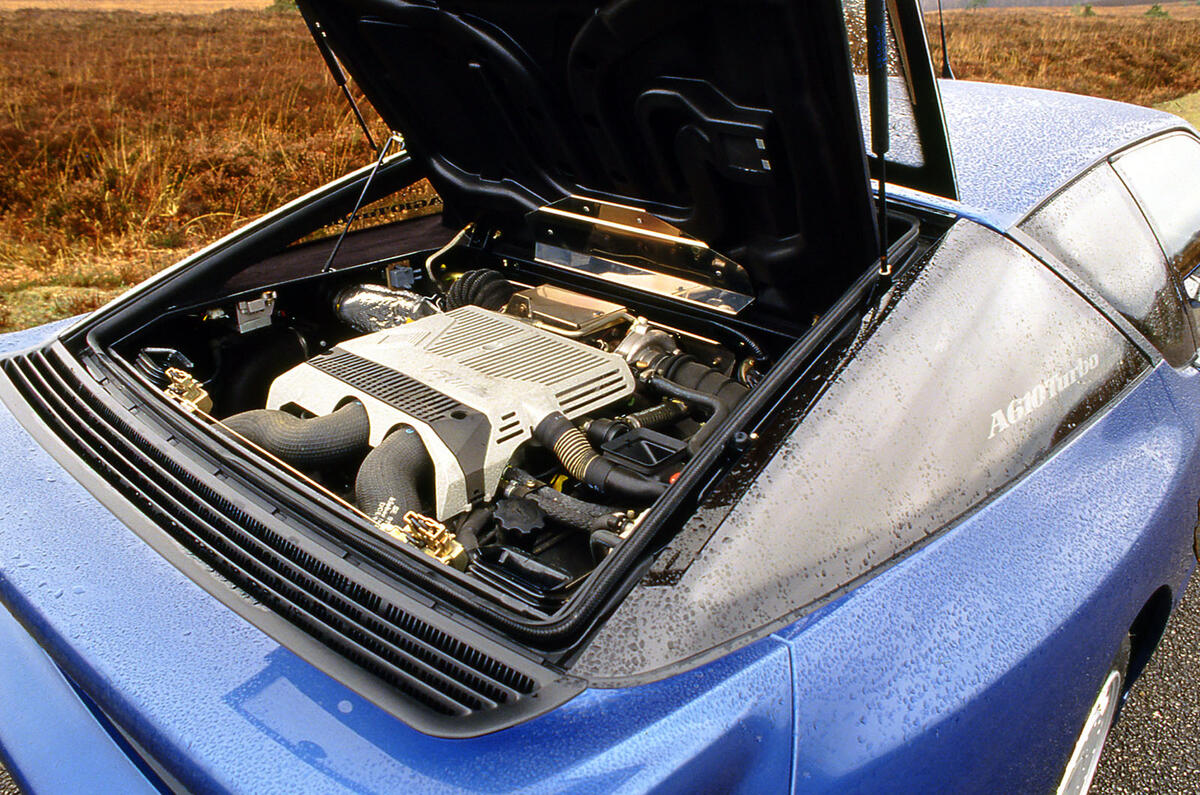




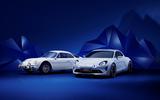








































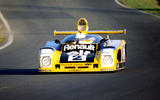
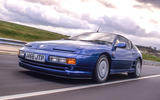











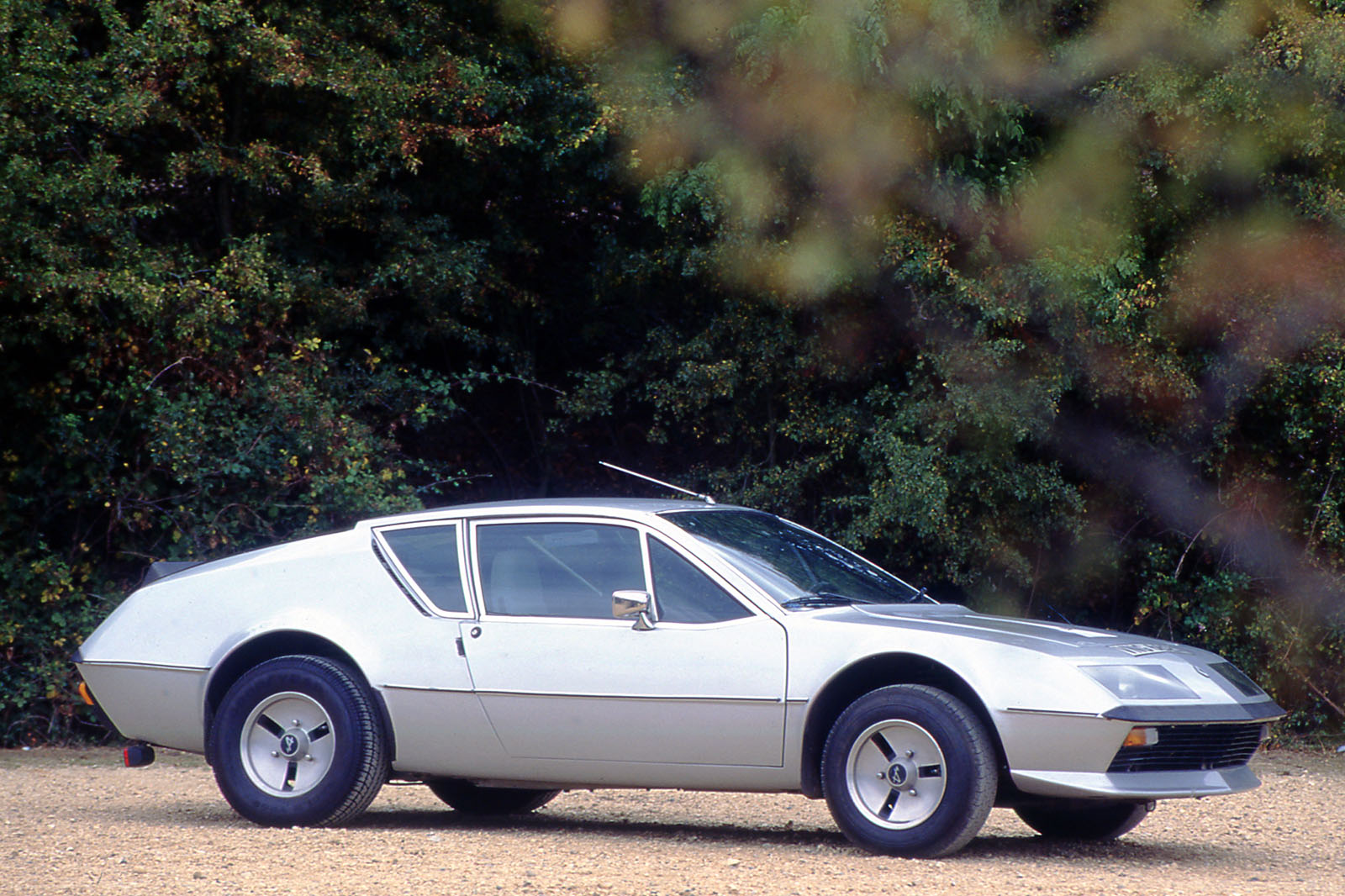



Join the debate
Add your comment
Good post.
I was continuously checking this blog and I'm impressed.I have bookmarked your blog.Thank you so much for sharing these information. For any kind of writing help refer my website.
https://waltessays.com/
How was this brand not more successful?